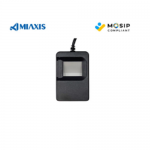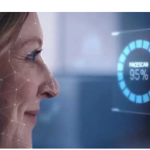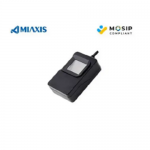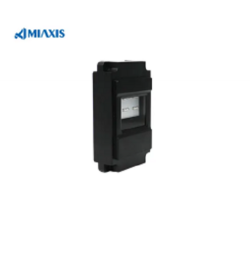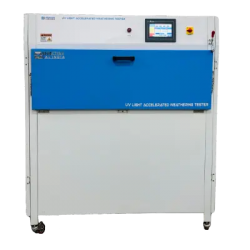Biometric SDK
Miaxis Biometric SDK (Software Development Kit) is a powerful tool, MIAXIS has a proprietary Justouch® algorithm that boasts high accuracy and exceptional speed, and support live finer detection , our fingerprint algorithm in MINEX III certified template matchers ranked No.7. that allows developers to integrate our advanced biometric technologies into their own applications. SDK biometric fingerprint supports multiple biometric modalities, including fingerprint, face, and iris recognition. ours SDK, is easy to integrated biometric terminals from any brands for a broad range of identity verification via biometric data use cases,can build secure, efficient, and user-friendly biometric solutions for various applications.
HOW DO BIOMETRIC SDK WORK?
A Biometric Software Development Kit (SDK) is a set of software tools and programs that developers use to create applications for specific software, hardware platforms or operating systems.
Here’s a general idea of how a Biometric SDK works:
Data Capture: The SDK interacts with the biometric device (like a fingerprint scanner) to capture the biometric data (like a fingerprint image).
Data Processing: The SDK then processes this data, which may involve cleaning up the image, removing noise, and identifying unique features in the data, also known as minutiae in fingerprint biometrics.
Data Storage: The processed data is then converted into a format that can be stored in a database. This is usually a template that represents the unique features of the biometric data.
Data Matching: When identification or verification is needed, the SDK captures new biometric data, processes it into a template, and then compares this template with the ones in the database. If a match is found, the individual is identified or verified.
The Biometric SDK essentially provides the algorithms and interfaces needed to perform these steps, allowing developers to integrate biometric functionality into their own applications.
WHAT ARE THE ADVANTAGES OF USING BIOMETRIC SDK?
Customization: Fingerprint SDKs allow developers to build custom applications tailored to specific needs, integrating biometric features seamlessly.
Versatility: Biometric SDKs often support multiple biometric modalities, such as fingerprint, face, and iris recognition, providing flexibility in application development.
Time and Cost Efficiency: Using an fingerprint recognition SDK can significantly reduce development time and cost as the complex algorithms and interfaces are already provided.
Security Enhancement: Biometric SDKs can help enhance the security of an application by enabling biometric authentication, which is harder to forge or steal than traditional passwords.
Improved User Experience: Biometric authentication is often quicker and more convenient than remembering and typing passwords, improving the user experience.
Easy Integration: Fingerprint recognition SDKs are designed to be easily integrated into existing systems, making the implementation process smoother.
WHAT TYPES OF BIOMETRICS CAN BE SUPPORTED BY A BIOMETRIC SDK?
Fingerprint Recognition: This is the most common type of biometric identification. The SDK can capture, store, and compare fingerprints.
Facial Recognition: The SDK can analyze facial features to identify individuals.
Iris Recognition: This involves recognizing the unique patterns in an individual’s iris.
Voice Recognition: The SDK can analyze voice patterns for identification.
Hand Geometry: This involves measuring and analyzing the shape of the hand.
Retina Scan: This involves scanning the unique patterns of blood vessels in the retina.
Palm Vein Recognition: This involves recognizing the unique vein patterns in an individual’s palm.
DNA Matching: Some advanced SDKs can also support DNA matching.
Signature Recognition: This involves recognizing the unique way an individual signs their name.
Gait Recognition: This involves recognizing the unique way an individual walks.
Keystroke Dynamics: This involves recognizing the unique way an individual types on a keyboard.
Ear Recognition: This involves recognizing the unique shape and features of an individual’s ear.


